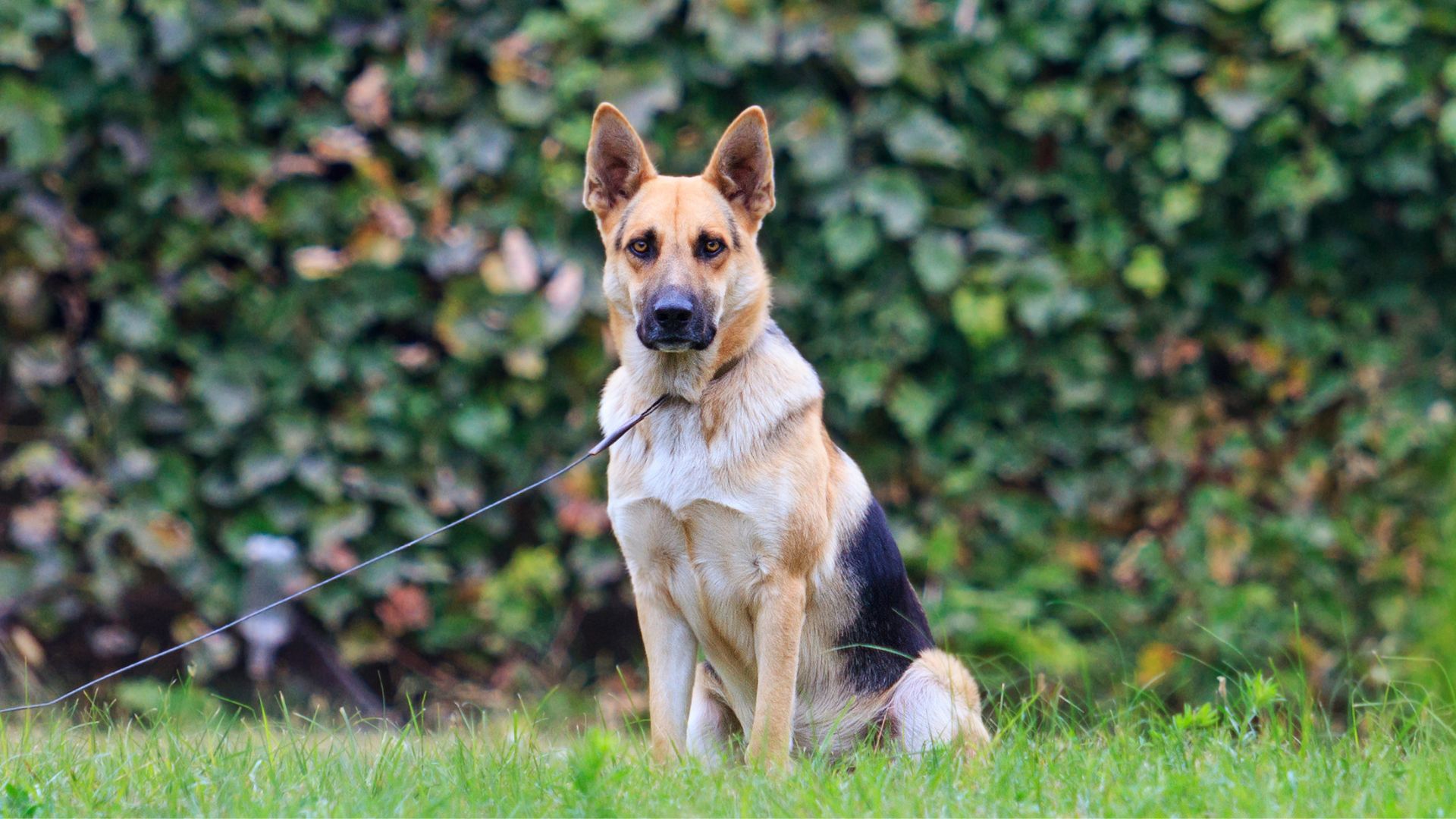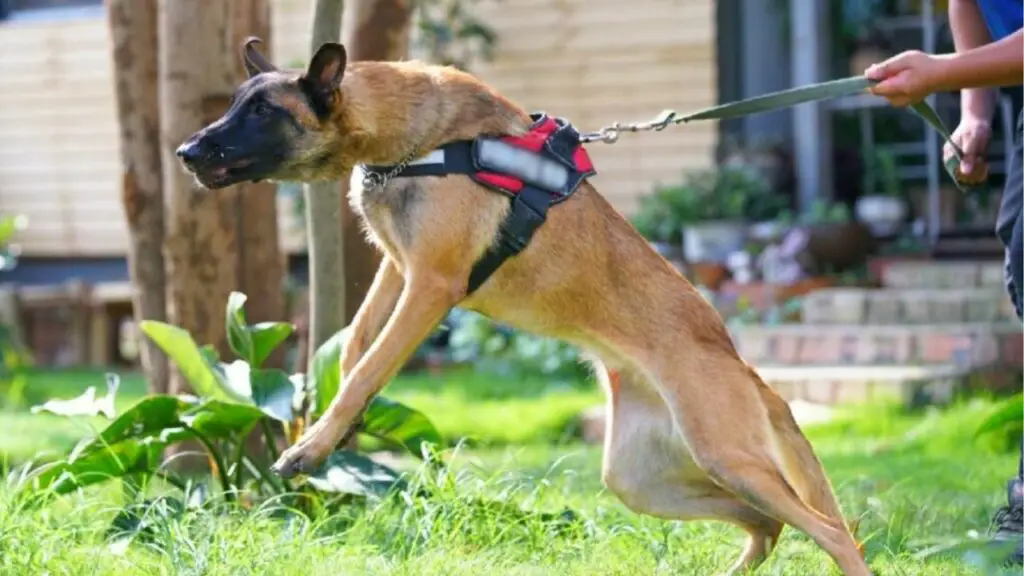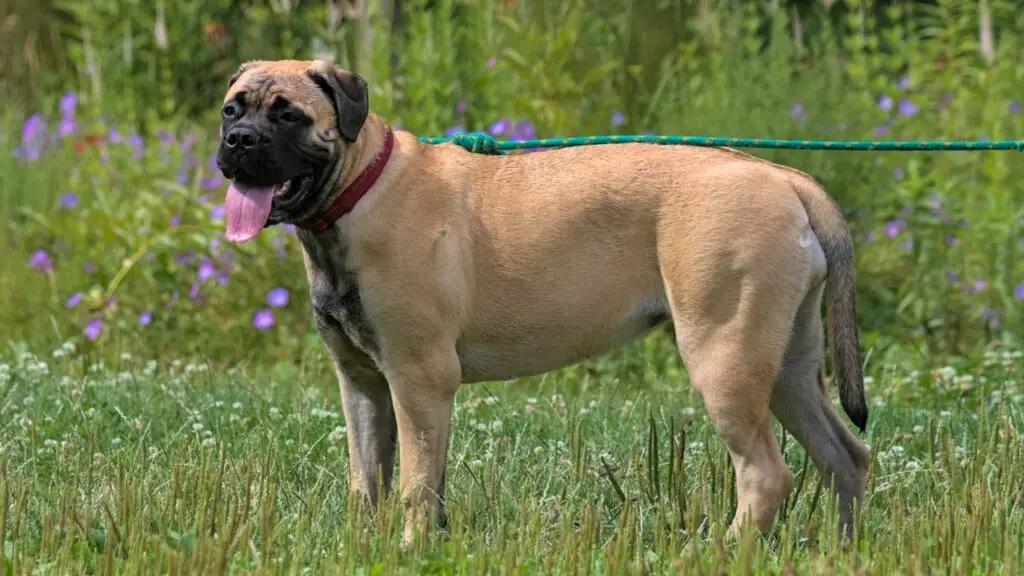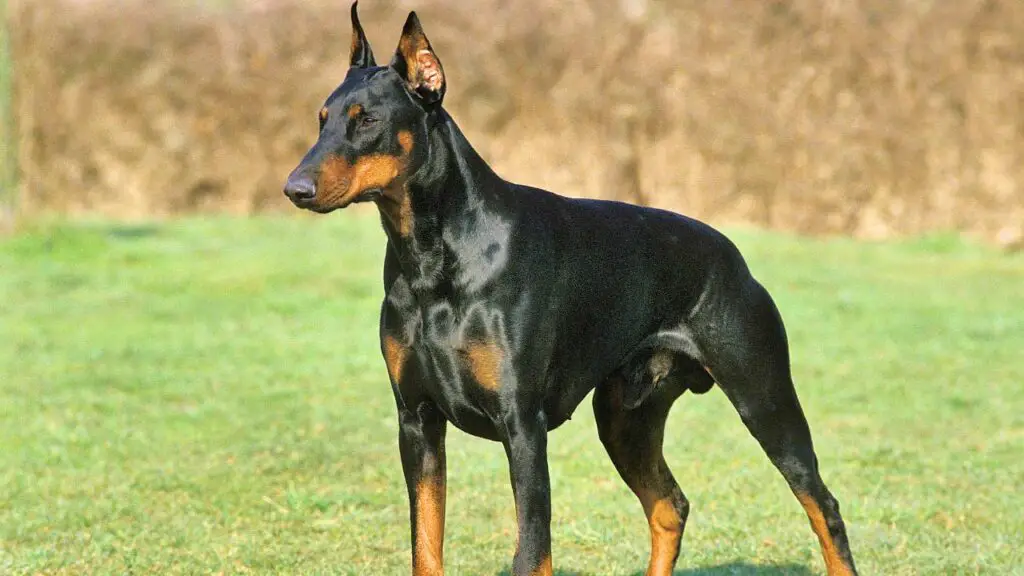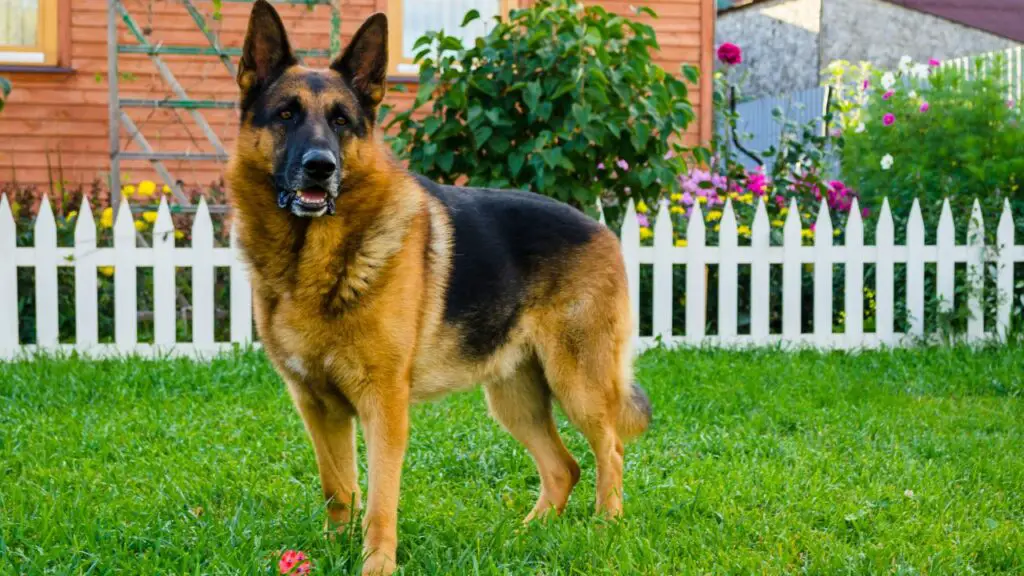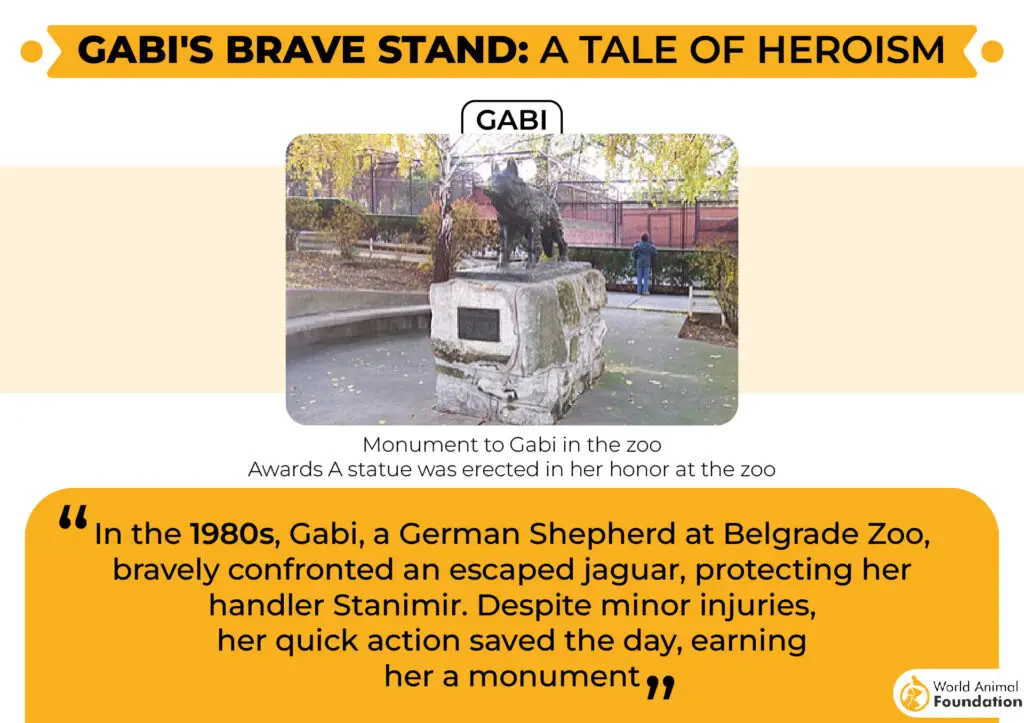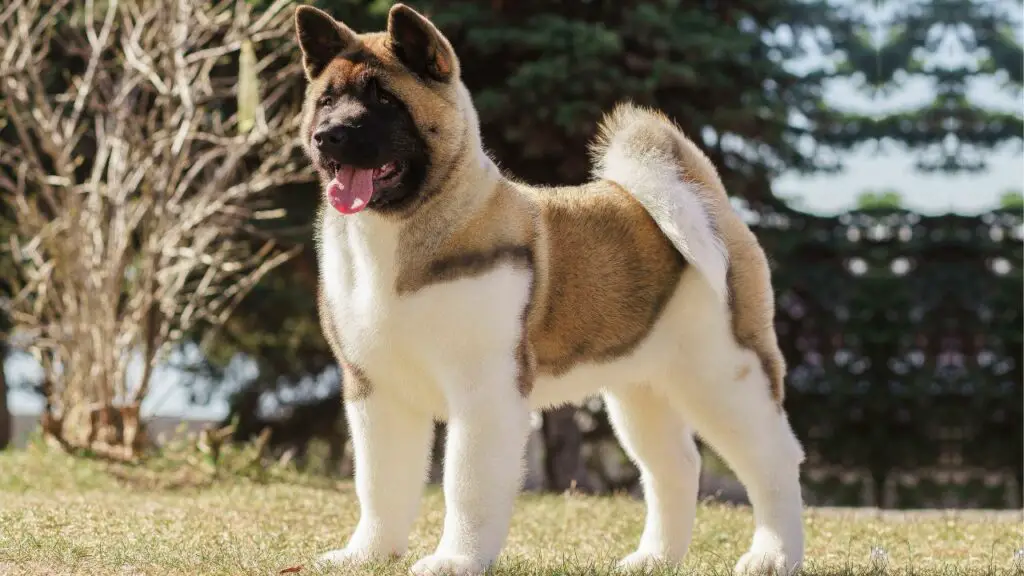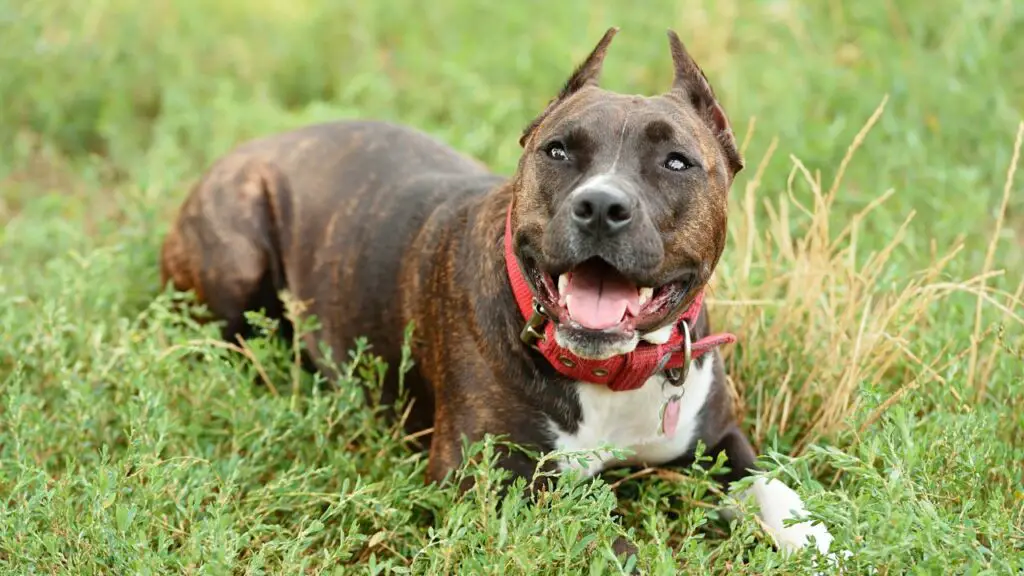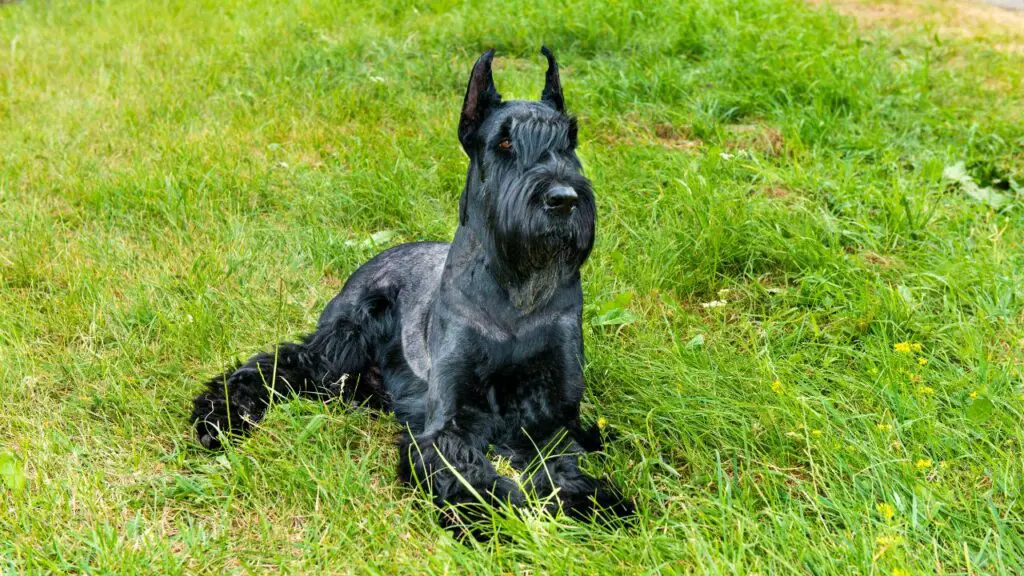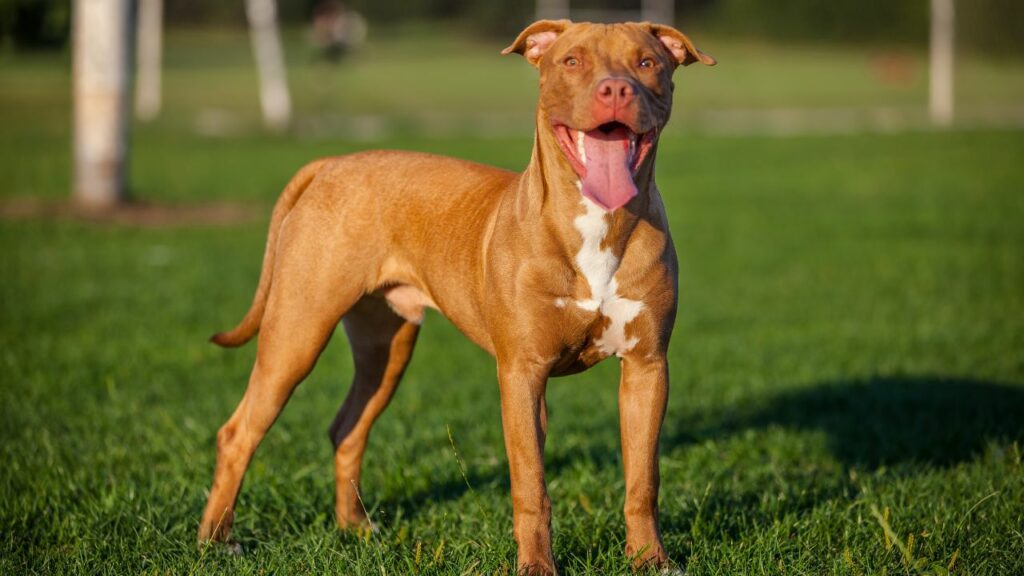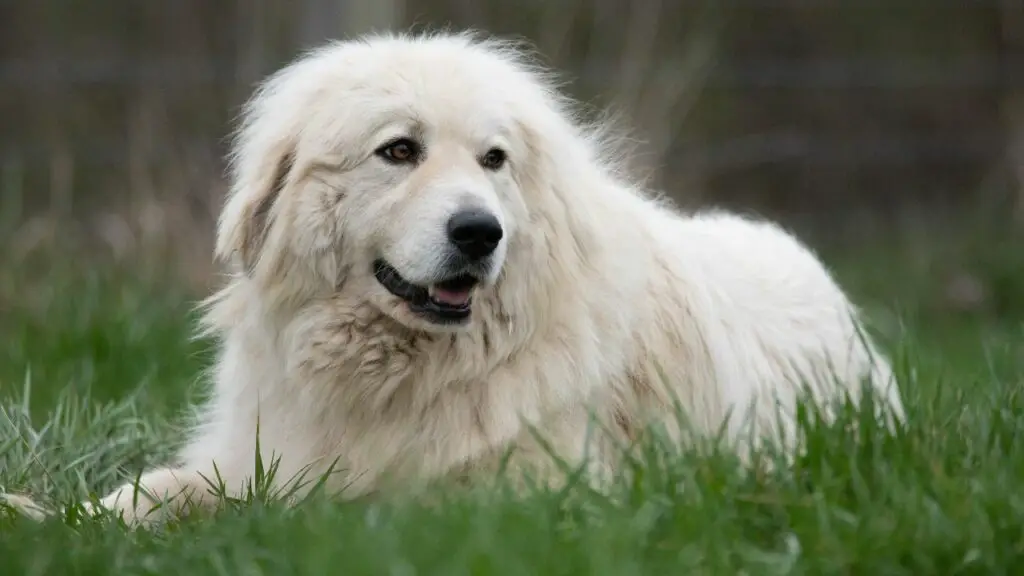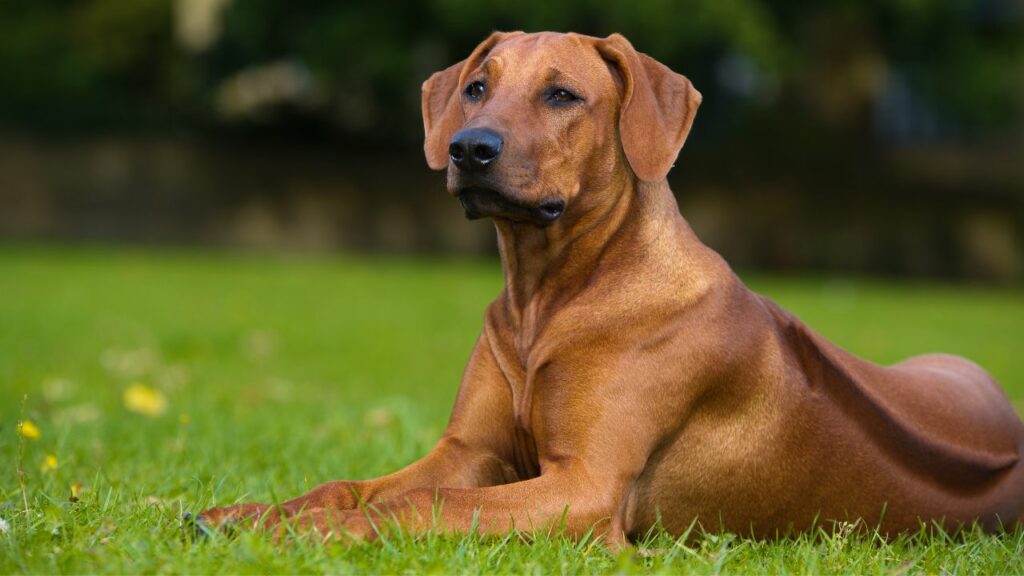Feeling safe and secure in your home is a top priority, and a loyal, protective dog can provide an added layer of comfort. But not all breeds are created equal when it comes to guardianship. This article explores ten dog breeds specifically known for their protective instincts and ability to keep your family and property safe. From imposing size and booming barks to unwavering loyalty and sharp intelligence, these breeds offer a range of qualities that make them excellent guardians. Discover which breed best suits your lifestyle and provides the peace of mind you deserve.
Property crime is the most frequent type of crime in the U.S., with nearly 1,954 cases for every 100,000 people. Even the best security systems and alarms might not always be enough to keep us safe.
That’s why more and more people are turning to protection dogs. These dogs are not just pets; they are dedicated guardians. Every dog breed has natural instincts to protect their home and their loved ones. They are loyal and brave, ensuring that your family can feel safe and secure. With such a dog by your side, you’ll have peace of mind knowing that a faithful friend is always there to look after you and your loved ones.
These dogs are especially alert and will let you know when someone is at the door, and they can even sense danger before it’s obvious, helping to keep you out of harm’s way.
Training a dog to be an excellent guardian takes a lot of time and effort. To help you get started, we’ve compiled a list of the most renowned dog breeds known for their ability to protect and guard. These breeds are known for their reliability in ensuring family safety and securing homes.
10 Dog Breeds That Are Good Protectors
1. Belgian Malinois
Belgian Malinois were originally bred as working dogs to protect livestock on farms and ranches. They are naturally active and excel when they have specific tasks to perform. Known for their strong protective instincts, Belgian Malinois are highly alert and responsive, making them outstanding guard dogs. They develop a deep bond with their owners, enhancing their protective nature and making them effective guardians.
@sivaskangal_01
#guarddog#belgianmalinois
♬ orijinal ses – ꧁kangal꧂
Despite their protective and territorial traits, Belgian Malinois are also affectionate and loyal, making them not only excellent protection dogs but also loving family companions. Their intelligence is remarkable, enabling them to respond well to training and learn almost any task, role, or trick. This combination of intelligence, eagerness to please, loyalty, and a strong work ethic is why they are particularly favored by police and military forces.
However, due to their high energy levels and strong prey drive, Belgian Malinois can be aloof or even aggressive towards strangers if not properly trained and socialized. They require substantial training to manage their protective instincts in a safe and productive manner.
Regular exercise is also crucial for Belgian Malinois to keep them content and prevent anxiety and potentially destructive behaviors. This breed is best suited for experienced owners who can provide an active and engaging environment in which they thrive.
2. Bullmastiff
The Bullmastiff is a powerful breed created from a mix of Bulldogs and Mastiffs. They are larger and stronger than their Mastiff relatives, originally bred in the mid-1800s by English gamekeepers to deter poachers. Their imposing size can ward off intruders and even surprise some friendly visitors.
Once you get past their size, you’ll find that Bullmastiffs are affectionate and relaxed around their families. They were quickly favored as protection dogs on large estates due to their sharp eyesight and strength, and their gentle loyalty made them popular as family pets too.
View this post on Instagram
Bullmastiffs can be quite reserved and typically quiet, but they won’t hesitate to show a fierce side when faced with threats or strangers, capable of biting with a force of 550 PSI. They may show dominant behavior and can sometimes be aggressive towards other dogs.
Orvis states that it’s important to start training and socializing them while they’re still young and manageable. Known also as “Bullies” or the “Gamekeeper’s Night Dog,” they need an owner who is confident and dedicated to continuous training.
Bullmastiffs don’t require excessive exercise. Daily moderate walks and some gentle play are sufficient to keep them in good shape. Always keep an eye on them for signs of heat exhaustion during physical activities.
3. Doberman Pinscher
The Doberman Pinscher, a medium-large breed, was developed by Louis Dobermann in 1890. Known for their striking appearance, Dobermans often play the roles of guard dogs or intimidating figures in films. Despite their fierce look, they are intelligent, alert, and loyal companions.
Dobermans rank as the fifth most intelligent dog breed, exceptionally responsive to noise and movement, which enhances their effectiveness as protection dogs. If properly trained, they display deep affection and devotion to their owners. With a bite force of 600 PSI, their strong jaws reflect their capacity for protection.
@dobe_2009
#doberman #guarddog
♬ original sound – monk
These dogs are sometimes called “velcro dogs” due to their intense attachment to their owners, making it hard to leave them behind without feeling like you’re peeling velcro apart.
According to the Doberman Pinscher Club of America, Dobermans thrive on human interaction. They can become troubled if left bored and lonely, often finding undesirable ways to cope with their isolation. Dobermans do best in active homes where they can participate in daily activities. With consistent training, they can be calm and well-behaved, though their size may not make them ideal for families with young children or first-time dog owners.
4. German Shepherd
The German Shepherd is a strong and smart dog breed. They were first bred in Germany in the late 1800s to herd sheep but later became popular as police and military dogs because they are clever, loyal, and brave. German Shepherds are great for protection because they are strong and naturally want to guard their home and family.
People love German Shepherds for their dedication, courage, and confidence. They are one of the best dogs for protecting families. German Shepherds are active and curious, and they love learning new things. Their strong bite can also help keep away intruders.
View this post on Instagram
Although German Shepherds are very loving and dedicated to their families, they are not overly friendly with strangers right away, which makes them excellent watchdogs.
According to PDSA, they are very easy to train. They need a lot of exercise and do best in active homes. They are perfect for owners who have time to keep them busy and happy, as they can get bored if not active.
5. Akita
The Akita, originating from Japan, is admired for being tender-hearted yet robust. Historically, Akitas were bred for hunting, guarding, and herding, excelling in tracking large game like deer, elk, and black bear. Today, they are also used as police dogs in Japan, embodying loyalty and courage. HillsPet notes that in Japanese culture, Akitas are seen as symbols of protection, and parents often receive a small Akita statue when a child is born.
@kashdue
#hurricane #onguard #guarddog #americanakita #akita #akitasoftiktok #americanakitatiktok #akitastud #fyp #foryourpage #BREEDER #kashdue #viral #viralvideo #viraltiktok #active
♬ DrAli – Doc_Biker
Akitas are alert and intelligent, making them effective protection dogs. Their strong build adds to their capability as guardians. However, they can be wary of strangers, guests, and other pets, driven by a deep love and protectiveness for their families. Their muscular frame and natural protective instincts make them formidable protectors.
Due to their size and strength, Akitas can be challenging to manage and are not suitable for everyone. They require dedicated training to properly channel their energy and to ensure they are well-behaved.
Akitas are energetic and thrive on regular exercise, which helps prevent boredom and keeps them healthy. A large, secure yard is ideal for them, and they often enjoy swimming, which can be a great way for them to expend energy.
6. Staffordshire Bull Terrier
Originally bred for fighting, the Staffordshire Bull Terrier has evolved into a breed that prefers cuddles over conflict. These dogs are celebrated for their loyalty and are cherished as loving companions to their families. Known for their affectionate nature, they have earned the nickname “nanny dogs” due to their gentle demeanor with children.
Staffordshire Bull Terriers are naturally protective of their families. Their deep-seated loyalty often compels them to protect their loved ones vigorously if they perceive any threat. Their sturdy build lends them an intimidating look that can ward off potential intruders. A notable trait of the Staffordshire Bull Terrier is their strong bite force, adding to their protective capabilities.
It’s crucial to understand that a well-socialized Staffordshire Bull Terrier is typically non-aggressive. Early socialization and proper training are essential to keep them amiable and well-mannered.
If you enjoy your personal space, the Staffordshire Bull Terrier might not be the breed for you; they love to be close to their humans, whether moving from room to room or joining you on outings. They are smart, generally responsive to family commands, and can occasionally be stubborn. Staffies have a lot of energy and require moderate to high daily exercise. A couple of lengthy walks and some spirited playtime in the yard are usually sufficient.
As true terriers, Staffies have a strong inclination to dig. Ensure your backyard is well-secured to prevent any surprise escapes.
7. Giant Schnauzer
Giant Schnauzers, which originated in the Bavarian Alps during the 1800s, were developed from the standard Schnauzer and bred for their strength and athleticism. Initially used for herding, their role shifted towards guarding as the demand for livestock management decreased. They have since excelled as guard dogs, as well as in police, military, rescue, and protection roles.
These dogs are highly loyal to their families, a trait stemming from their herding origins, where they protect flocks. While they can be friendly and outgoing, Giant Schnauzers are generally cautious around strangers, always prioritizing their family’s safety.
They are intelligent dogs with a strong work ethic and a keenness for learning, making them naturally adept at protection training.
According to PetMD, Giant Schnauzers can be challenging around strangers and require considerable time for training and grooming. Due to their high energy levels, they are not recommended for first-time pet owners or families with small children, small dogs, or cats. Their need for engagement and physical activity makes them more suitable for experienced dog owners who can meet their demanding lifestyle.
8. American Pit Bull Terrier
The American Pit Bull Terrier, developed in 19th-century England, originally served roles that capitalized on their aggression towards other dogs, such as dog fighting. However, today’s American Pit Bull Terriers are known for their friendly and energetic nature, although they can also be quite stubborn.
Forbes points out that they are immensely loyal, forming strong bonds with their families, which makes them excellent protection dogs. Known for their intelligence, tenacity, and courage, these traits contribute to their effectiveness as guardians.
@gamebredusa
I love her raspy bark lol #AmericanPitBullTerrier #APBT #CanineAthletes #Gamebred #Genetics #foryoupage #fyp #NotAHobbyItsALifestyle
♬ original sound – Maria Miller
Despite the stigma often associated with them, which paints them as violent and aggressive, American Pit Bull Terriers are actually quite loyal, loving, affectionate, and eager to please. Many owners of this breed will attest to their dogs being fun, loving, and playful companions who rarely bark and often act as the family’s protector.
Early socialization is crucial for the American Pit Bull Terrier to develop into a well-adjusted pet. Due to their strong prey drive, they require significant amounts of both mental and physical stimulation, and their occasional stubbornness can be a challenge, requiring consistent and understanding handling.
9. Great Pyrenees
The Great Pyrenees is a working breed originally developed to protect sheep from wolves and other predators. Today, they are calm and composed companions, steadfastly loyal to their duty of protecting their family and home. Although typically serene, they can swiftly spring into action if they perceive a threat.
They possess strong instincts and are highly perceptive, able to detect subtle changes in mood among humans and animals alike—a skill that historically helped them identify threats to their flocks.
These dogs typically conserve their energy during the day, becoming more active at night, which can lead to barking and other nocturnal activities, especially if they reside outdoors. According to WebMD, the Great Pyrenees were bred for independence and meant to make decisions without human guidance. This intelligence allows them to learn quickly, but it can also pose a challenge in training.
Despite their size and energy, the Great Pyrenees do not require extensive physical exercise. About 20 to 30 minutes of exercise per day is typically sufficient for this breed.
10. Rhodesian Ridgeback
The Rhodesian Ridgeback, also known as the African Lion Hound, hails from South Africa and was bred by Boer farmers to fulfill their need for a robust hunting dog capable of handling the challenging wilderness of Africa.
Despite sometimes appearing as a large, lazy hound, the Rhodesian Ridgeback can present a formidable presence. This breed was specifically developed for hunting and for family protection, combining strength with loyalty. Ridgebacks are known for their trainability and above-average responsiveness. They are particularly protective of children and other household members, making them excellent natural watchdogs and family protectors.
Ridgebacks are not known to bark excessively but will stay alert and watchful over anything unusual. They are athletic dogs with a tendency to climb, driven by their natural curiosity, especially if something catches their interest on the other side of the fence.
According to the American Kennel Club (AKC), Rhodesian Ridgebacks can adapt well to different living situations, provided they get daily exercise. They require a minimum of two hours of exercise each day, which should include several long walks and plenty of off-leash time in a secure area. Additionally, to keep their minds active, engaging them in various activities is essential.
Conclusion
When selecting the best dogs for protection, there are several breeds that excel in guarding and safety. Each guard dog breed brings its own unique qualities to the table. Breeds like the Tibetan Mastiff are gentle giants known for their natural guarding instincts and being naturally suspicious of strangers, making them excellent guard dog breed. They represent the ideal guard dog for those in need of robust protection.
Other breeds, such as the German Shepherd and the Belgian Malinois, are great guard dogs as well, combining high intelligence with fierce loyalty to family members. These breeds are not only active but also adapt well to being part of a family, showing particular care and protective instincts towards all family members.
For those considering a guard dog, it’s important to look for breeds that are known to be both protective and gentle, ensuring they can seamlessly integrate into family life while providing security. Whether you need a dog that embodies the strength and vigilance of a Tibetan Mastiff or the energetic dedication of an active breed, there’s a guard dog suited to every family’s needs and lifestyle.
Ultimately, choosing the right dog for protection goes beyond breed reputation. While certain breeds possess inherent guarding instincts, responsible ownership, including proper training and socialization, is crucial for shaping a dependable protector. Consider your lifestyle, family dynamics, and commitment to training when making your decision. Research different breeders and rescue organizations to find a healthy, well-adjusted dog that fits seamlessly into your home and provides the peace of mind you seek. A well-loved and trained dog, regardless of specific breed, can be a loyal and effective family guardian.

